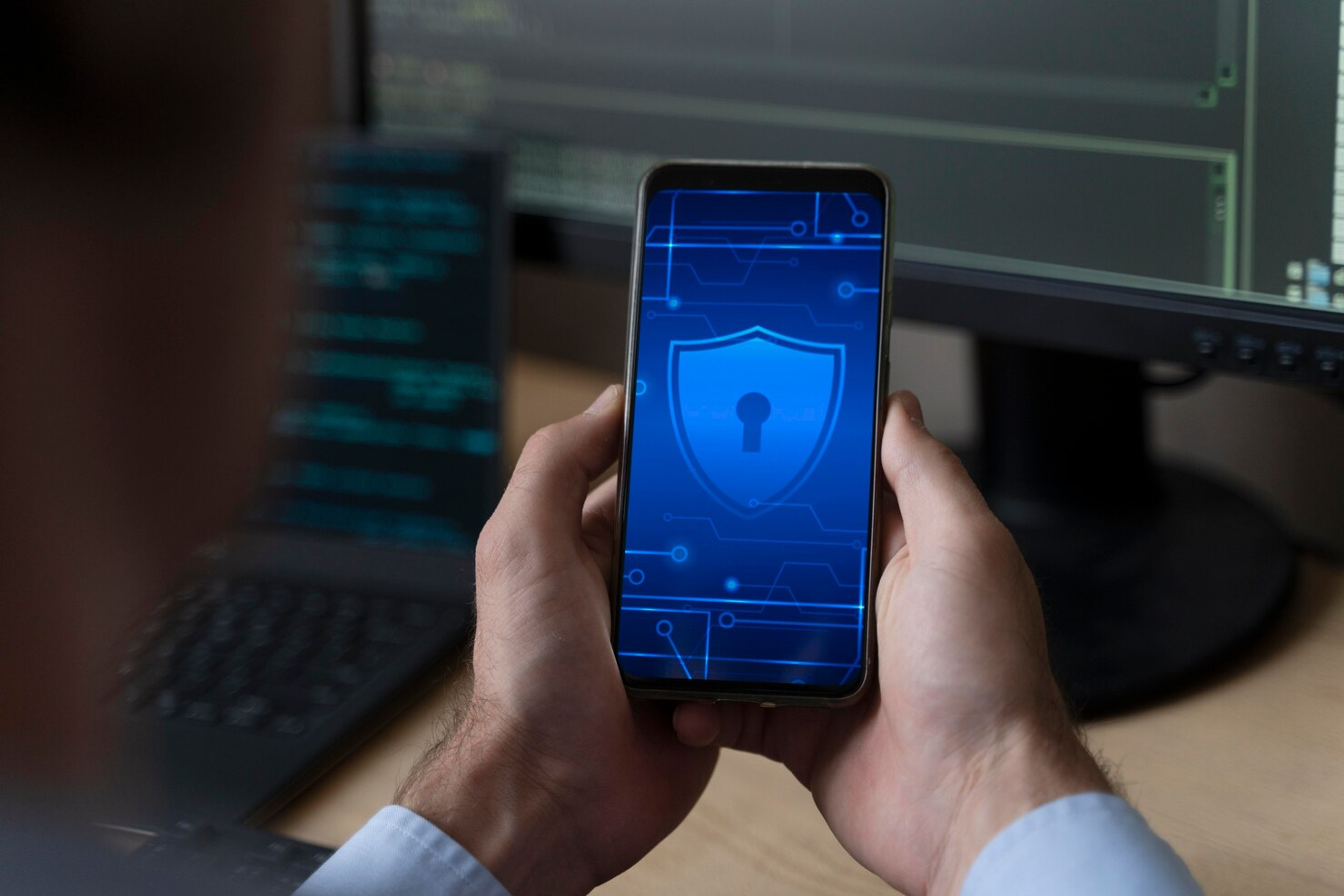
In today's globalized world, the importance of cybersecurity cannot be overrated. Digital threats evolve by building immunity towards technological systems like viruses against human bodies, understanding cybersecurity terminology is essential for individuals and organizations alike in order to be prepared and be safe from these threats.
Core Cybersecurity Terms Explained
This terminology explanations will help you understand key concepts that are fundamental to protectyour digital environment.
1. Malware
Malware is a term, short for "malicious software," refers to any program created to disrupt, damage, or gain unauthorized access to a computer system. Common types of malwares can be defined as viruses, which can copy and repeat themselves; worms, which spread over various networks; and trojan horses, which cloaks as harmless software to deceive users.
- Viruses: These are malicious programs that replicate and spread to various devices via infected files. They often connect themselves to codes and activate when that code is written.
- Worms: Different from viruses, they do not need to attach themselves to existing programs. They are uniquesoftware that exploit vulnerabilities in networks to spread themselves without any outer interaction.
- Trojan Horses: Trojans appear as safe software but perform hidden, harmful functions. They can steal data or harm host systems. Unlike viruses and worms, they cannot replicate themselves.
2. Phishing
Phishing is a method used by hackers to trick users into sharing their personal information, such as passwords or credit card numbers, viamisleading emails or websites. Educating employees and keeping them aware of signs of phishing can prevent data breaches.

To prevent yourself from phishing attacks, contact us and we we'll be there to help! We provide simulationand training solutions for protection against phishing as Vigilainte..
3. Ransomware
This type of malware prevents users from accessing their system or personal files and demands ransom charge to regain access. Recent global attacks underestimate the destructive nature of ransomware, however, considering the importance of data, it cannot be neglected in case of any possible attack.
case of any possible attack.
4. Encryption
Encryption is the process of transforminginformation into a coded format to block any possible unauthorized access. It plays a vital role in securing sensitive data, ensuring them to remain private and intact especially during transmission and transfer processes.
5. Firewall
A firewall is a network security system that tracks and controls incoming and outgoing network traffic based on security rules which are set beforehand. It aims to act as a barrier between a trusted and an untrusted network, such as the internet.
6. ntrusion Detection Systems (IDS) and Intrusion Prevention Systems (IPS)
IDS are set to be able to detect unauthorized access to a network, while IPS aim todefend the attack once detected. Both systems are crucial for maintaining thesecurity of data.
7. VPN (Virtual Private Network)
A VPN extends a private network across a public network, enabling users to send and receive data across common or public networks as if their devices were directly connected to a private network. This secures and encrypts data transfers. However, it can lead to damage by including malware that can be controlled by hackers stealing users' data, gain unauthorized access to user’s device or machine, andcause a cyberattack.
8. Zero-Day Exploit
A zero-day exploit abuses a security vulnerability on the same day that the vulnerability becomes widespread. There are zero days between the time the breach is discovered and the first attack.
9. DDoS Attack (Distributed Denial of Service)
In a DDoS attack, multiple mutual systems attack a single target whichleads to denial of service for users of the targeted system. A great deal of incoming messages to the target system essentially forces it to be turned off, denying service to the system to legitimate users.

Advanced Cybersecurity Terms
- Advanced Persistent Threats (APT) involve continuous and perform cyberattacks in which an invader gains access to a network and remains hidden for a long period of time.
- Endpoint Security refers to securing endpoints, or end-user devices like desktops, laptops, and mobile devices, from being controlled by malicious threats
- Tokenization involves the process of replacing sensitive data with unique identification figures that maintain all the crucial information without compromising its security.
Understanding these terms is just the beginning of securing your digital assets. Regular updates and proactive defense strategies are critical to combat the ever-evolving landscape of cyber threats.
